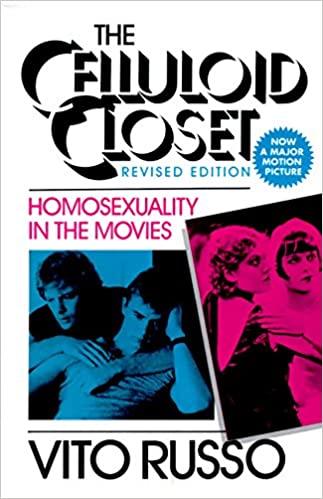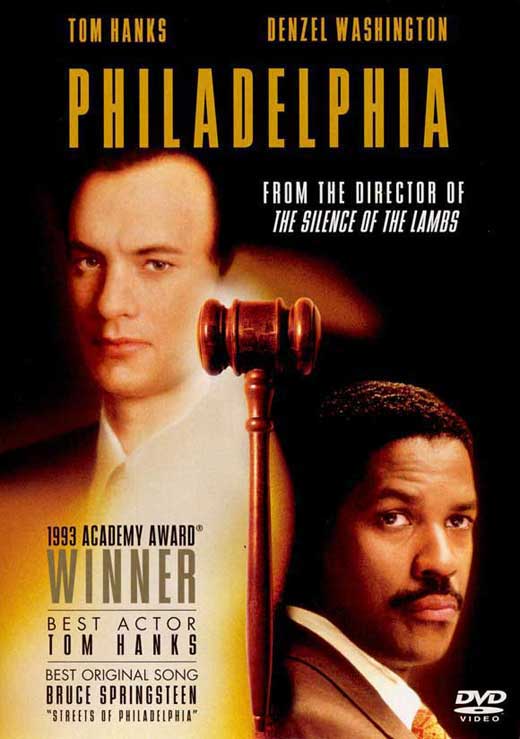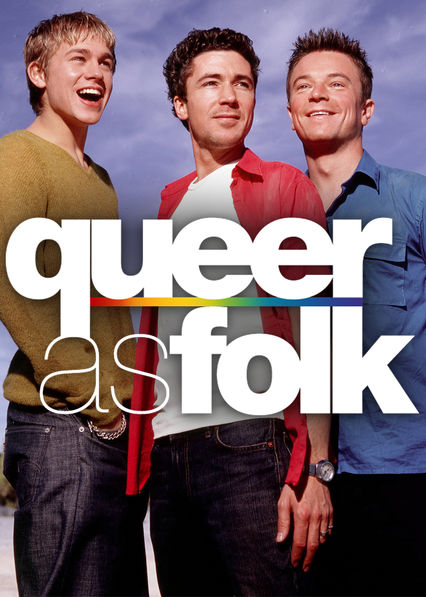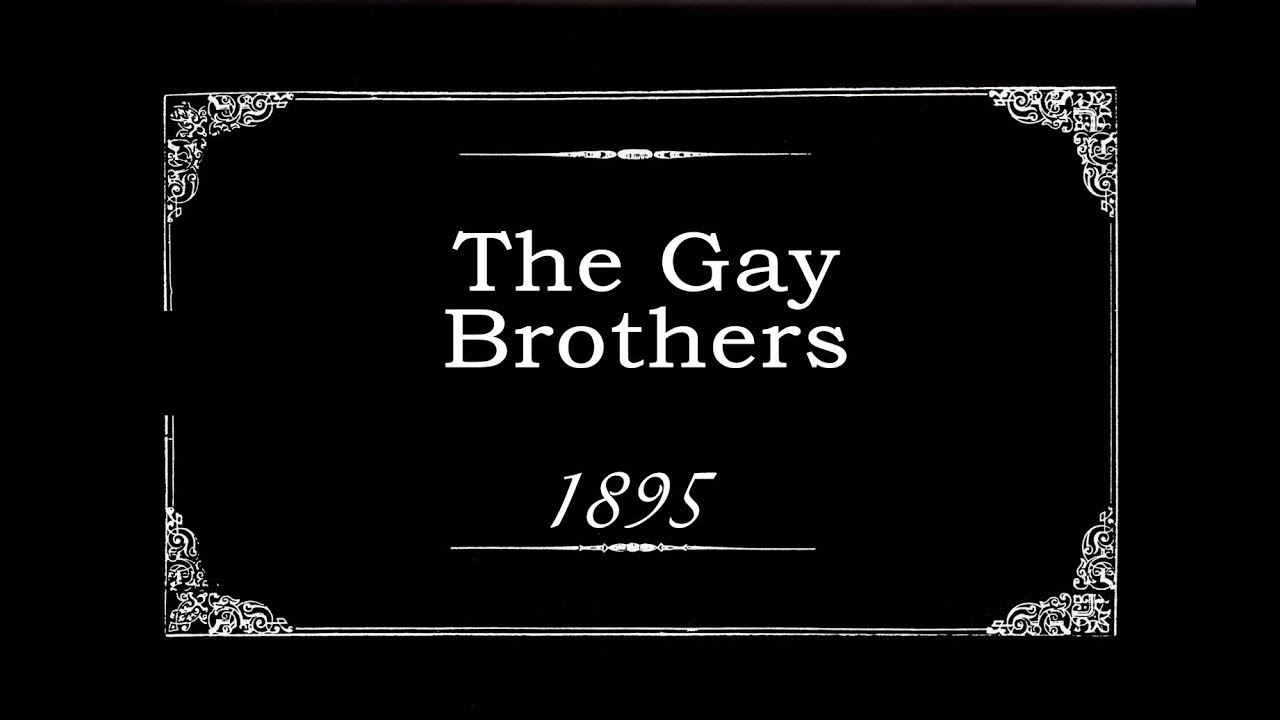Gay Representation in Cinema and TV
By Siobhan Donegan
Having written a whole string of articles on issues around Transgenderism, I thought it was time I wrote one that centres on gay issues. If one takes into consideration the prejudice inherent in heteronormativity towards gay issues, it then becomes obvious that as one writer described it we live in a world of ‘hetero-centrism’, which is why negative media portrayals can be due to cultural intolerance of the gay and LGBT communities, and as such this intolerance can include ‘homo-invisibility’. Also as the writer Judith Butler argues in ‘Imitation and Gender Insubordination’ it is socio-cultural conditioning-and especially ‘visual culture’ that reinforces heteronormativity.
 Gay and lesbian representation in the earliest Hollywood depictions-from the 1890’s to the 1980’s-were often negative cruel homophobic portrayals. Such is the case according to the analysis of Vito Russo author of ‘Celluloid Closet’. Such negative Hollywood stereotypes have remained controversial as they were obviously a contributory factor in marginalising and silencing Queer people. The focus was often on sexual orientation and as such the drama suffered from any real or sympathetic complex character development.
Gay and lesbian representation in the earliest Hollywood depictions-from the 1890’s to the 1980’s-were often negative cruel homophobic portrayals. Such is the case according to the analysis of Vito Russo author of ‘Celluloid Closet’. Such negative Hollywood stereotypes have remained controversial as they were obviously a contributory factor in marginalising and silencing Queer people. The focus was often on sexual orientation and as such the drama suffered from any real or sympathetic complex character development.
Historically it was in 1895 that Edison Short’s silent film ‘The Gay Brothers’ in which there was the first depiction of same-sex representation. In 1923 homosexuality was used as a comic device in Stan Laurel’s silent film ‘The Soilers’. This brings to mind the fact that one prejudicial homosexual archetype of the early cinema was the ‘sissy’. For a heteronormative audience this figure was one of ‘ridicule and laughter’. According to Russo this figure was one of reassurance as it wasn’t one representative of the ‘threat’ of homosexuality, instead being often ‘foppish’, delicate of sensibilities, effeminate and in many ways this archetype must have been similar to a jester or a clown.
The portrayal of homosexuality, amongst other things, in cinema eventually came under strict censorship known as the ‘Hayes Code’. This was due to pressure groups, religious and women’s, who during the 1930’s and 1950s attacked Hollywood for its lack of morality. Overtly homosexual characters thus became strictly taboo. Instead homosexuality was ‘coded into the characters mannerism and behaviours’.
In the 1960’s and 1970’s, which coincided with the Women’s and Gay Rights movements, the strict code of censorship specifically aimed at the Gay community was loosened. However, this was hardly beneficial as unfortunately their cinematic representation became overtly homophobic. During the Era of the 60’s and 70’s this can be seen in the fact that fictional gay cinematic characters were often presented as dangerous, predatory and sometimes even suicidal. Examples of films from this Era include ‘The Boys in the Band’ 1970, ‘Vanishing Point’ and ‘Midnight Express’.
 By the 1990’s the depiction of Gay characters in the cinema had begun to improve which at least proved that from the perspective of a mainstream heteronormative audience that Gay characters could and were appreciated. Examples of films like ‘Philadelphia’, ‘The Birdcage’ and ‘Flawless’ are demonstrative proof of the success and popularity of these films. However, despite this unfortunately the film industry does always prioritise and show cautious concern as regards to large budgets and potential investors. This is due to the fact that Hollywood mainstream films have the ‘agenda’ of appealing to as large an audience as possible. As such films that focus on Gay themes and characters can thus be avoided for fear of offending a significant percentage of the audience.
By the 1990’s the depiction of Gay characters in the cinema had begun to improve which at least proved that from the perspective of a mainstream heteronormative audience that Gay characters could and were appreciated. Examples of films like ‘Philadelphia’, ‘The Birdcage’ and ‘Flawless’ are demonstrative proof of the success and popularity of these films. However, despite this unfortunately the film industry does always prioritise and show cautious concern as regards to large budgets and potential investors. This is due to the fact that Hollywood mainstream films have the ‘agenda’ of appealing to as large an audience as possible. As such films that focus on Gay themes and characters can thus be avoided for fear of offending a significant percentage of the audience.
The 1990’s probably as a reaction to this, also saw the emergence of ‘Queer Cinema’ and despite the fact that the movement has faded as a result of Gay themes and characters becoming more acceptable in the mainstream cinema, its legacy is seen in Queer Film Festivals all over the World. Examples of this Queer film genre are seen in the work of such filmmakers as John Waters, Alexis Arquette and Greg Araki.
Outside of exclusively gay cinema-media, LGBT representation in American TV is far better, as the proportion of LGBT inclusivity has steadily increased-including the diversity of these communities in contradistinction to cinematic representation. Reality TV is just one specific area of TV broadcasting that often includes members of the LGBT community. Hence it is considered as an undeniable fact that mainstream cinema is sadly lagging behind.
However, it should be taken into serious consideration that one of the main differences between the two forms of media is that the dramatis personae have more time to develop in TV Shows, eventually becoming complex rounded characters especially in TV dramas and sitcoms. In contrast to this Gay characters in films have much less screen time and cannot be developed sufficiently and as such are usually less essential to the plot. In reference to this specific factor of the limited amount of screen time gay characters often have and the fact that these characters can be irrelevant to the plot; producers can then be accused of ‘tokenism’. Alternatively, if the characters are overtly Gay and even in cases where their dramatic roles are important to the plot, there can be an accusation of stereotyping. As regards this, and referring back to Vito Russo, there is in fact an analytical test that has become known as the ‘Russo Test’. This specifically scrutinizes if a Gay character isn’t just defined by their sexuality-gender, and if their removal from a film-storyline would significantly impact on the plot.
 It should of course be pointed out that Gay and other LGBT communities have been proactive over the years in order to achieve affirmative visibility and increased acceptance in mainstream media. Also, outside of exclusive reference to the cinematic genre and TV broadcasting ‘Queer media’ can be defined through multiple media outlets, including websites, documentary films and magazines especially if they are created by Queer people; the final creative product itself isn’t always necessarily overtly gay in theme. As regards this we should take into consideration the ‘Auteur Theory’, especially in reference to the fact that Gay film directors for example are perfectly capable of creating films with no recognizable Gay themes. However, according to the definition of this theory the film in question will have a distinctive style in which the director will be seen in terms of the Auteur or ‘Author’ of the movie. As such with close scrutiny and analysis the very style of the movie may be seen as Gay or might even have Gay themes woven into its symbolism.
It should of course be pointed out that Gay and other LGBT communities have been proactive over the years in order to achieve affirmative visibility and increased acceptance in mainstream media. Also, outside of exclusive reference to the cinematic genre and TV broadcasting ‘Queer media’ can be defined through multiple media outlets, including websites, documentary films and magazines especially if they are created by Queer people; the final creative product itself isn’t always necessarily overtly gay in theme. As regards this we should take into consideration the ‘Auteur Theory’, especially in reference to the fact that Gay film directors for example are perfectly capable of creating films with no recognizable Gay themes. However, according to the definition of this theory the film in question will have a distinctive style in which the director will be seen in terms of the Auteur or ‘Author’ of the movie. As such with close scrutiny and analysis the very style of the movie may be seen as Gay or might even have Gay themes woven into its symbolism.
Finally it has been expressed by one online writer that what is needed in the industry and not just within Film and TV but other forms of media as well, is more LGBT writers, directors and producers creatively working behind the scenes. However, cisgender heterosexuals, particularly talented ones are capable of writing scripts for Gay, Bisexual or even Transgender characters. Despite this, heterosexual writers seldom carry out the requisite amount of research by drawing on the experiences from members of the Gay or broader LGBT communities.
I would like to end here on a positive note. Broadcasting history was made in 1999 with Channel 4’s truly ground-breaking TV mini-series ‘Queer as Folk’. Although the series did inevitably cause some controversy, it was in fact a great success and was highly regarded by the Gay community and the mainstream press.


